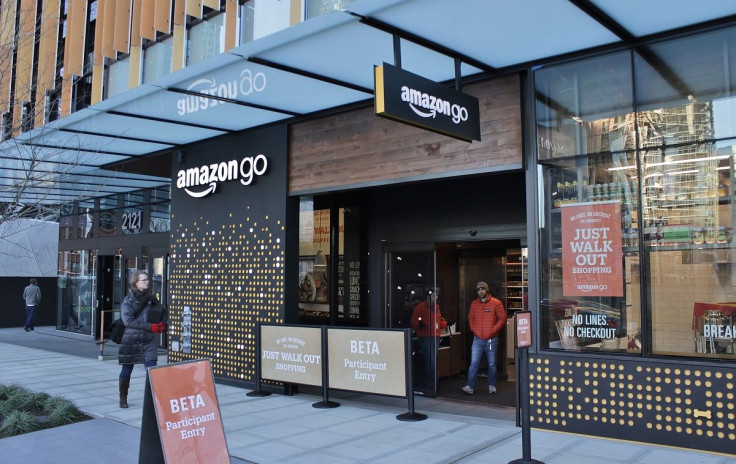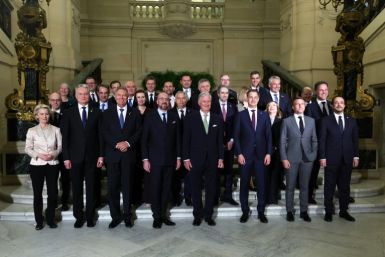Companies crack Amazon’s e-commerce and brick-and-mortar combo

E-commerce giant Amazon launched its first physical store in late 2015, a move that convinced many business owners that the brick-and-mortar strategy still makes sense in the 21st century. In Australia, where foot traffic in retail spaces has been slowing down, businesses are combining old school and online strategies to attract shoppers.
Digital startups and small businesses in the early 90s to early 2000s skipped or shut down brick-and-mortar stores to go 100 percent online to offer competitive prices. Today, emerging businesses that began online are following Amazon’s footsteps, launching physical stores to achieve better growth. At the same time, physical stores are upgrading and optimising digital presence, enabling them to attract more foot traffic.
Even before Amazon broadened its reach in Australia, retail stores were already seeing a decline in revenue. Meanwhile, online shopping saw a 10 percent growth in the past year alone.
According to the Australian Bureau of Statistics, the population of Australia now stands at 24.5 million, with an estimated 82.6 percent of this population having web connectivity via smartphone or other mobile devices. This figure is estimated to grow to 84.3 percent in 2019.
Smartphone ownership among Aussies ballooned from 11.1 million in 2013 to 15.3 million in 2016, while tablet owners increased from 6.3 million to 11.2 million in mid-2015. Further, according to Yump.com.au, a digital agency based in Sydney, smartphones and tablets accounted for 63 percent of total time spent online in September 2015.
In light of increased mobile connectivity and usage, the challenge for retailers in developing a seamless online to offline customer experience is more essential than ever. Business innovation today means diversifying strategies to target both online and offline buyers - what was once brick-and-mortar is now known as click-and-mortar.
In New York, MatchesFashion.com launched a pop-up store for its new clothing line, inviting shoppers to enjoy the experience of simultaneously checking out their items both offline in the physical store, and online on their iPads while at the shop.
Meanwhile, many companies are struggling to keep up with the new click-and-mortar landscape. In Japan, Sanrio, the company behind the Hello kitty character, posted significant losses in September, with much of the blame attributed to slow movement in the digital space.
At a smaller scale, start-ups across the globe are cracking the omnichannel strategy by using e-commerce platforms such as Shopify and setting up small physical stores where foot traffic is promising. Hair colouring brand Madison Reed, which has nearly 150,000 followers on Facebook, opened its first stores in San Francisco and Manhattan this year. It aims to open 25 physical storefronts by 2019.
Amazon opened its first brick-and-mortar bookstore in Seattle in 2015, and in December 2016, launched "Amazon Go," its no-lines, no-registers, no-checkout grocery service. Thanks to social media attention, Amazon’s modern-day shopping video ad has attracted nearly 10 million views on YouTube since then, showing that the digital approach can significantly boost old school business ideas. So far this year, Amazon has continued to broaden its physical reach, opening its seventh physical store in New York in May 2017.
While Amazon continues its onward march towards a fully integrated brick-and-mortar customer experience, it may be easy not to look past the ecommerce goliath, but the new omnichannel retail landscape also throws up a lot of opportunities for smaller players to identify a niche and provide a specialised click-and-mortar service to customers within that space. The future of retail is uncertain and increasingly competitive, and there may be a lot of casualties in the race to master the click-and-mortar approach to retail. In the end, the companies that win will be ones that truly put the customer at the centre of the experience they provide.






